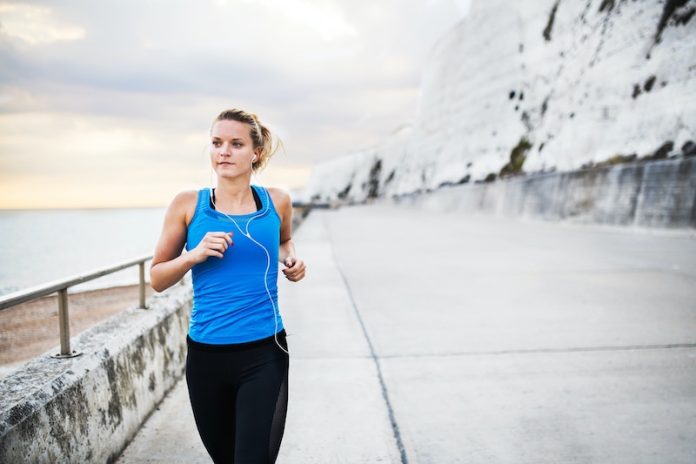
The idea that exercise requires an hour at the gym every other day to be effective is being turned on its head by new research.
Two recent studies, one led by Dr. Matthew N. Ahmadi from the University of Sydney and the other by Dr. Paddy C. Dempsey of the University of Leicester and University of Cambridge, suggest that even brief but intense bouts of physical activity can have a significant impact on longevity and heart health.
Every Minute Counts
Dr. Ahmadi’s study, which enrolled nearly 72,000 adults, tracked participants’ physical activity using wrist-worn activity trackers.
Surprisingly, just 15 minutes of vigorous activity per week—accumulated in two-minute bursts—was linked to an 18% lower risk of death and a 15% lower chance of developing cardiovascular disease.
Even lesser amounts, such as 12 minutes of vigorous exercise per week, had beneficial effects, including a 17% reduction in the risk of cancer.
Intensity Matters
Dr. Dempsey’s study, with more than 88,000 participants, complements this finding by focusing on the benefits of intense activity.
The researchers found that doubling the intensity of physical activities—like turning a 14-minute casual walk into a brisk 7-minute one—reduced the rate of cardiovascular diseases by 14%.
Busy Schedule? No Excuses!
Both studies indicate that for those who say they’re too busy to work out, shorter periods of high-intensity exercise can be a very effective alternative.
“Given that lack of time is the most commonly reported barrier to regular physical activity, accruing small amounts sporadically during the day may be a particularly attractive option for busy people,” said Dr. Ahmadi.
How to Incorporate This into Your Life
Speed It Up: While taking your dog for a walk, add in a few two-minute bursts of jogging or brisk walking.
Take the Stairs: Opt for stairs instead of the elevator and take them two at a time to increase your heart rate.
Chore HIIT: Turn your household chores into a high-intensity interval training (HIIT) workout. For example, sweep or vacuum as fast as you can for two minutes, then slow down, and then speed up again.
Walking Meetings: If possible, make your meetings walking ones, and up the pace to make it more vigorous.
Conclusion
“Raising the intensity was particularly important, while increasing both was optimal,” concluded Dr. Dempsey. The consensus seems to be that you don’t have to spend hours on a treadmill to see health benefits.
A little can go a long way, and it seems the harder you go, the further you’ll get. If you find it hard to carve out time for extended workouts, these findings are a reminder that every active minute counts.
If you care about wellness, please read studies about exercise that is vital to improving longevity in older people, and this dieting method could help increase longevity.
For more information about wellness, please see recent studies that vitamin D supplements strongly reduce cancer death, and results showing this type of exercise may slow down bone aging.
The research findings can be found in the European Heart Journal.
Follow us on Twitter for more articles about this topic.
Copyright © 2023 Knowridge Science Report. All rights reserved.



